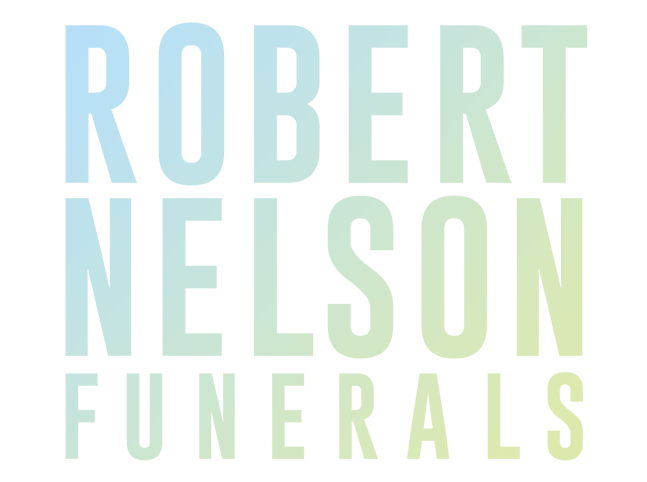Bariatric? Oversize? Now Supersize!
A person who is classed as being obese may be referred to as a bariatric patient when they have a body mass index (BMI) that is equal to or greater than 30
What does Bariatric mean?
A person who is classed as being obese may be referred to as a bariatric patient when they have a body mass index (BMI) that is equal to or greater than 30. The term is also used in the medical field as somewhat of a euphemism to refer to people of larger sizes when requiring specific medical supplies such as larger hospital gowns, hospital beds or health care equipment.
The Funeral Industry generally uses the term “Oversize”
We have all seen the “Spaghetti Western” films where the town undertaker wanders out in the street with his tape measure after a shoot out. In the past, this was not too far from the truth, as the undertaker was also the carpenter that had to make the coffin. Getting the right size was important. Up until the 1970s, funeral directors may have carried a range of adult size coffins, in 2-inch increments from 5’6 to 6 Foot.
As coffin production moved into more automated volume-based production methods, the standard size soon became 6 foot (in the old language) and this is still the case today. Any person that is wider or longer than these standard coffins will require an oversize coffin. These are generally custom made and that is why there may be additional fees charged by the funeral director.
In recent decades the use of oversize coffins and caskets (coffin is wide at the shoulder, narrow at the feet, a casket is generally rectangular in shape) has increased exponentially as diets and other factors have resulted in a proliferation of obese and oversized people. Indeed in an increasing amount of instance, we are now dealing with super-sized people. It is not uncommon for the funeral now to be dealing with people between 200 – 400kg in body weight. This has bought a plethora of new problems for funeral service as indeed health and emergency services at large.
Deaths can occur anywhere, hospitals, aged care, residential homes, public places and funeral directors and coronial transfer crews have equipment and techniques designed to assist in the removal and transfer of the deceased from these locations into mortuary care. The equipment and techniques involved usually relate to standard size people or oversize.
“Supersize” the transfer of the deceased and nothing is normal. In some instances, removing the deceased from their home may entail removing walls to provide egress from the property. While some modern oversize mortuary stretchers have now been designed to hold the weight they simply cannot be used to hold the size of some in a safe way for transfer staff. With “Supersize” people large numbers of additional staff are often required to move them, this can often entail emergency service to assist.
“The weight of some clients is almost industrial and provides significant Occupational and Saftey Risks across the board”
Once transferred to mortuary things don’t remain simple, mortuary trolleys, preparation tables, lifting equipment are often not rated to these extreme weights, and fear of equipment failure is a real concern. For mortuary staff dressing, some of these deceased people can be quite hazardous.
Special Coffins are made and the deceased carefully placed in them, but many are not able to be cremated as cremation units have limited size entry requirements. Burial does not remain unscathed as families may be required to purchase 2 graves due to the width restraints of a single grave.
Burial requires a whole new set of procedures and regular coffin lowering devices just cannot deal with large loads. Hand Lowering is normally not an option due to potential gear failure and the safety of those about an open grave. In some recent cases specialist lifting cranes, capable of maneuvering the narrow paths between graves have been used to good effect. From an aesthetic point of view, it tends to make these graveside services very industrial but necessary.
Whatever word you choose to use bariatric, oversize, and or supersize, the problem in the funeral industry relating to manual handling continues to albeit “grow”.
Find out more about Bariatrics? https://en.wikipedia.org/wiki/Bariatrics
